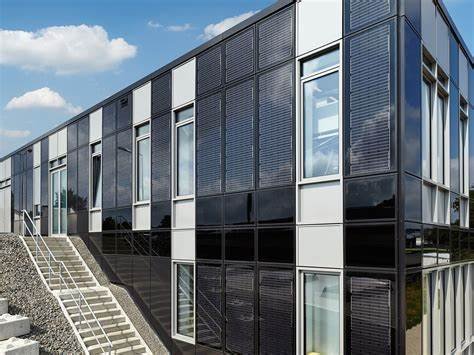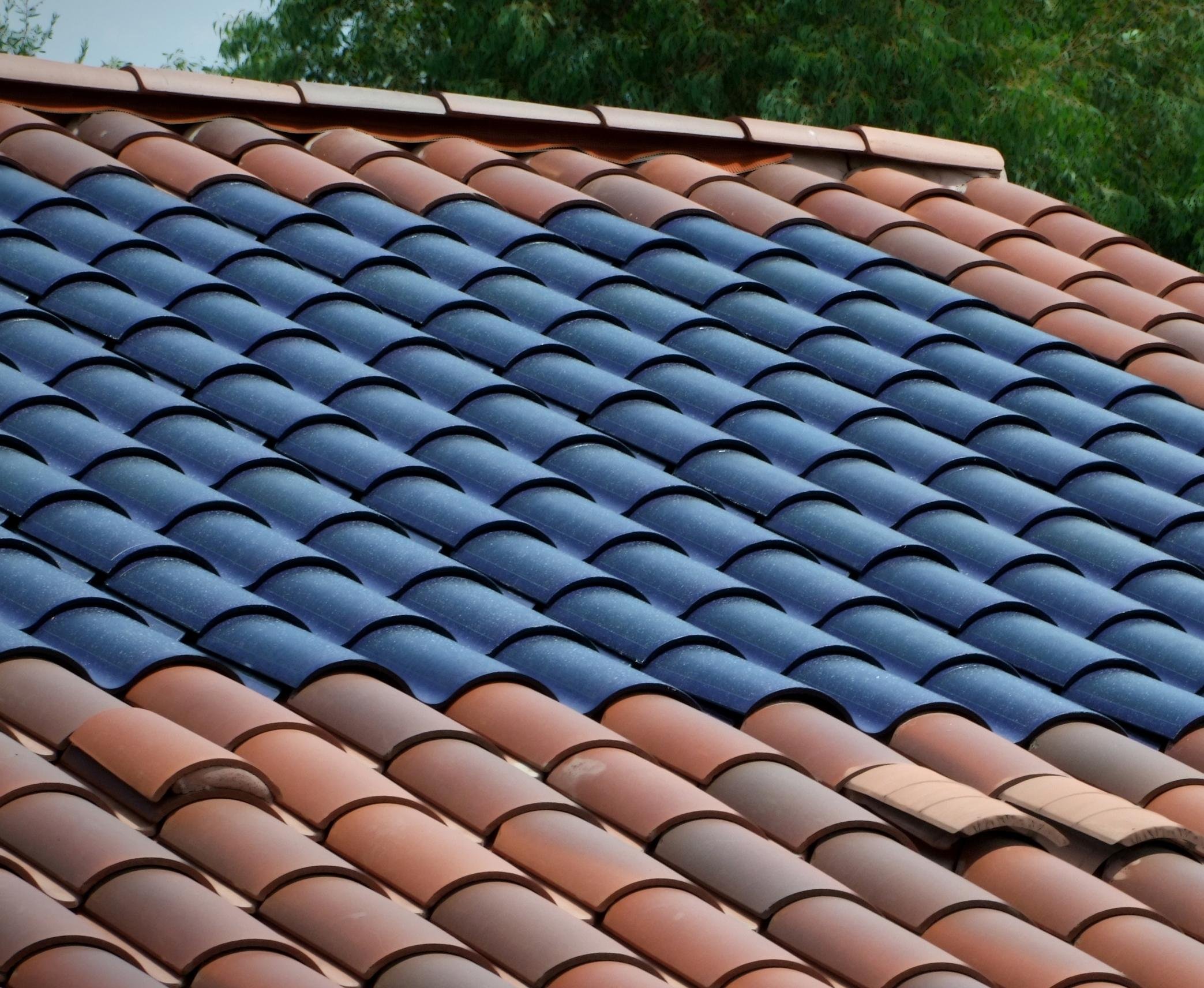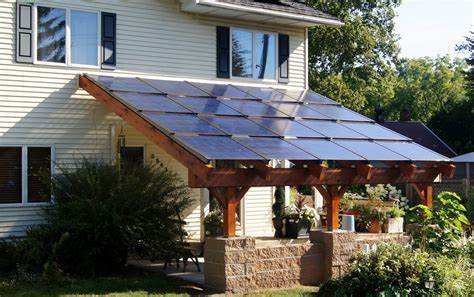Solar in West Virginia
Solar Technologies for Historic Properties
Building-Integrated Photovoltaics (BIPV)
Building-Integrated Photovoltaics (BIPV): Building-integrated photovoltaics (BIPV) seamlessly blend solar panels with the existing architecture of historic properties. These innovative systems can be incorporated into roofing materials, facades, or windows, providing both energy generation and aesthetic enhancement. BIPV solutions offer a discreet and visually appealing way to harness solar energy without detracting from the historical charm of the property.
Solar Shingles: Solar shingles and tiles offer an alternative to traditional rooftop solar panels. These roofing materials integrate photovoltaic cells directly into their design, effectively turning the entire roof into a solar energy generator. Solar shingles and tiles come in a variety of styles and colors, allowing property owners to maintain the architectural authenticity of their historic buildings while benefiting from renewable energy generation.
Thin-Film Solar Panels: Thin-film solar panels are lightweight and flexible, making them suitable for installation on curved or irregular surfaces often found in historic properties. These panels can be applied directly onto walls, windows, or other architectural features, providing a discreet and adaptable solar energy solution. Thin-film technology offers versatility and minimal visual impact, making it an ideal choice for preserving the character of historic structures.
Solar Canopies / Awnings
Solar Canopies and Awnings:Solar canopies and awnings offer a practical solution for historic properties with limited rooftop space or structural constraints. These freestanding structures are equipped with solar panels and can be installed in courtyards, gardens, or parking areas, providing shade while generating clean energy. Solar canopies and awnings offer an opportunity to enhance outdoor spaces while reducing the property’s carbon footprint.
Ground-Mounted Solar Arrays
Ground-Mounted Solar Arrays: For larger properties with ample land surrounding them, ground-mounted solar arrays can be an effective option. These arrays consist of rows of solar panels installed on the ground, typically in a discreet location away from the main building. Ground-mounted solar arrays offer high energy production potential while minimizing visual impact on the historic structure itself.
Examples of Solar Utilization on Historic Properties
NPS Technical Preservation Services






